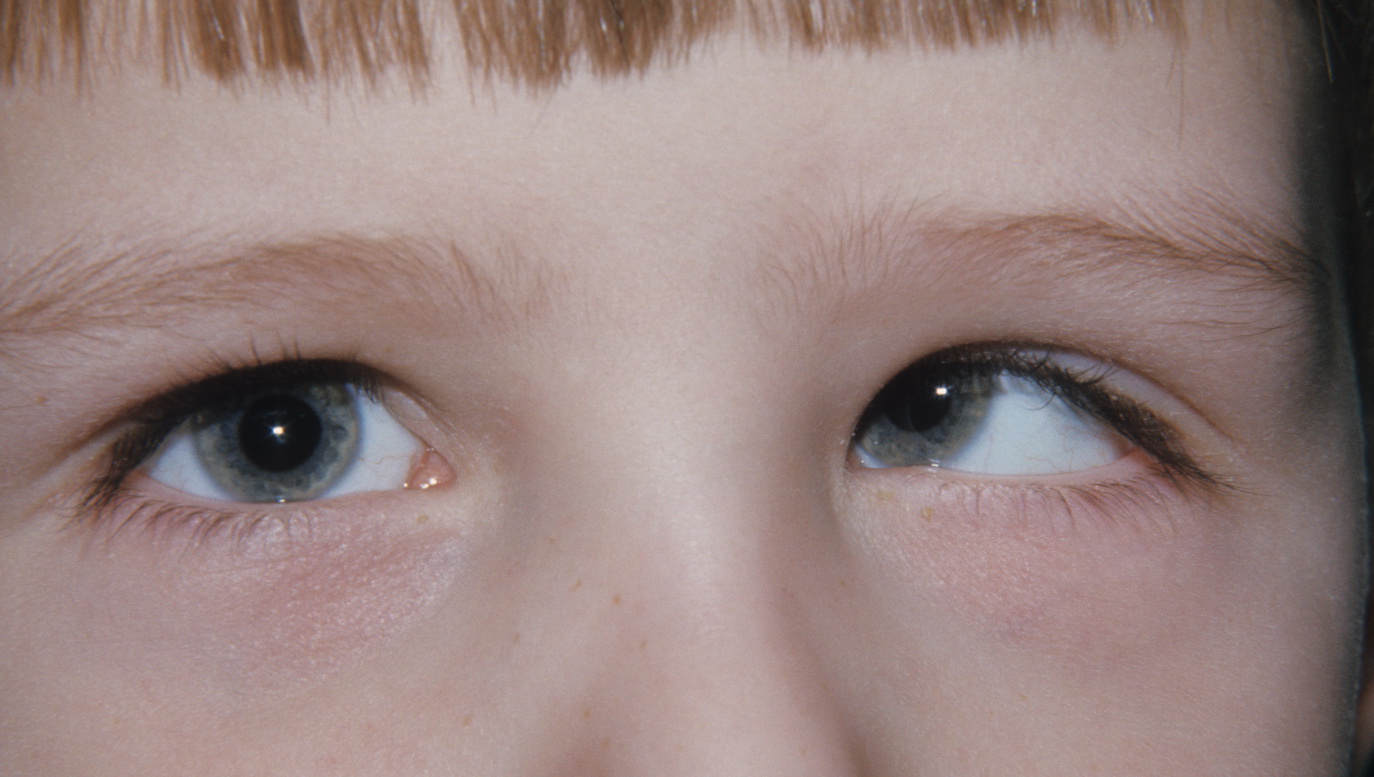Duane Syndrome: Symptoms, Causes, Treatment
What are the symptoms of Duane syndrome?
Duane syndrome, also known as Duane retraction syndrome, is a rare eye movement disorder that is present at birth. It is characterized by limited or absent horizontal eye movement and retraction of the eyeball (usually the affected eye) when attempting to move the eye inward. Other common symptoms of Duane syndrome may include:
- Limited eye movement: Difficulty moving the affected eye outward toward the ear (abduction) or inward toward the nose (adduction).
- Eyelid narrowing or widening: The affected eye may appear narrower or wider than normal due to abnormal eye movements.
- Head turn or tilt: Individuals with Duane syndrome may adopt a head turn or tilt to compensate for the limited eye movement, which helps them align their eyes and reduce double vision.
- Closing or squinting of the affected eye: Some individuals may close or squint the affected eye in bright light or when focusing on objects at different distances.
- Abnormal eye movements: In addition to limited horizontal movement, there may be abnormal vertical or torsional (rotational) movements of the affected eye.
- Amblyopia (lazy eye): Some individuals with Duane syndrome may develop amblyopia in the affected eye due to reduced visual stimulation during early childhood.
It’s important to note that the severity and specific symptoms of Duane syndrome can vary widely among affected individuals. The condition may affect one or both eyes, and the degree of limitation in eye movement can range from mild to severe.
What are the causes of Duane syndrome?
The exact cause of Duane syndrome is not fully understood, but it is believed to result from a developmental abnormality of the eye muscles and the nerves that control eye movement. During early fetal development, the sixth cranial nerve (abducens nerve) and the third cranial nerve (oculomotor nerve) may not develop properly, leading to the characteristic features of Duane syndrome. These abnormalities can result in the following:
- Underdevelopment of the abducens nerve: The abducens nerve controls the movement of the eye outward toward the ear (abduction). In Duane syndrome, the abducens nerve may be underdeveloped or absent, leading to limited or absent abduction of the affected eye.
- Miswiring of the oculomotor nerve: The oculomotor nerve controls the movement of the eye inward toward the nose (adduction) and other eye movements. In Duane syndrome, there may be abnormal connections between the oculomotor nerve and the lateral rectus muscle (the muscle that normally moves the eye outward), leading to inappropriate contraction of the lateral rectus muscle during attempted adduction.
These abnormalities in nerve development and muscle innervation result in the characteristic eye movement abnormalities seen in Duane syndrome. The condition is typically sporadic, meaning it occurs by chance and is not inherited. However, in some cases, there may be a genetic component, as Duane syndrome has been reported to occur in families, suggesting a possible genetic predisposition in some individuals.
What is the treatment for Duane syndrome?
The treatment for Duane syndrome depends on the severity of symptoms and the specific limitations in eye movement. In many cases, treatment aims to improve ocular alignment and reduce the head turn or tilt that individuals may adopt to compensate for the limited eye movement. Treatment options for Duane syndrome may include:
- Observation: In mild cases of Duane syndrome where there is minimal deviation of the affected eye and no significant head turn or tilt, no treatment may be necessary. Regular monitoring by an ophthalmologist may be recommended to assess for any changes in eye alignment or vision.
- Prism glasses: Prism glasses can be prescribed to help correct the alignment of the eyes and reduce double vision. Prism glasses work by altering the way light enters the eye, allowing the eyes to work together more effectively.
- Surgery: Surgical intervention may be considered in cases where there is significant misalignment of the eyes or a pronounced head turn or tilt that cannot be corrected with glasses. The goals of surgery are to improve ocular alignment, reduce the head turn or tilt, and improve cosmetic appearance.
- Surgery on the affected eye: Surgery may be performed on the affected eye to weaken the muscles responsible for pulling the eye inward (medial rectus muscle) or to reposition the eye to improve alignment.
- Surgery on the unaffected eye: In some cases, surgery may be performed on the unaffected eye to improve alignment and reduce the need for a head turn or tilt.
- Botulinum toxin (Botox) injection: In some cases, injection of botulinum toxin into the overacting muscle (usually the lateral rectus muscle) of the affected eye may be considered as a temporary measure to weaken the muscle and improve alignment.
- Vision therapy: Vision therapy exercises may be recommended to help improve eye coordination and reduce symptoms of double vision. These exercises can be particularly beneficial for individuals with Duane syndrome who also have amblyopia (lazy eye).
The choice of treatment depends on individual factors such as the age of the patient, the severity of symptoms, and the presence of other eye conditions. A comprehensive evaluation by an ophthalmologist or strabismus specialist is necessary to determine the most appropriate treatment approach for each individual with Duane syndrome.




